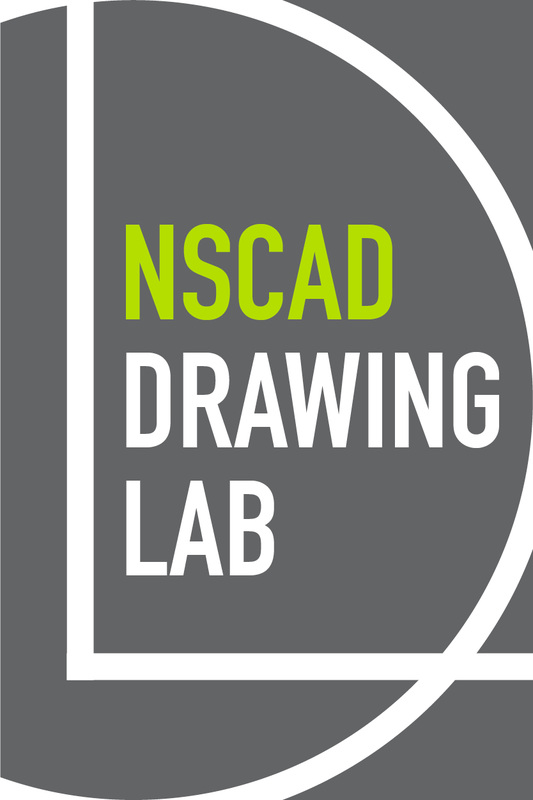Studies |
"When you run into something interesting, drop everything else and study it."
– B. F. Skinner |
In Progress & Future StudiesDrawing evaluation – A key “measure” of drawing performance in our studies is the evidence of the finished drawing itself. However the traditional, perhaps most accepted, association with drawing in the fine art context is that quality assessment is purely subjective. Even when consideration is limited to mere technical accuracy, there remain multiple ways in which a drawing can be understood as more or less accurately “looking like” its real-world referent. The purpose of this study would be to compare three approaches: 1) expert judgments, 2) crowd-sourced judgments, and 3) machine-learning algorithmic judgments. The study would aim to determine the efficacy of the above three approaches for evaluating drawing accuracy; to develop a better understanding of how drawing accuracy is perceived; and to develop tools that aid the evaluative task in other future studies.
|

